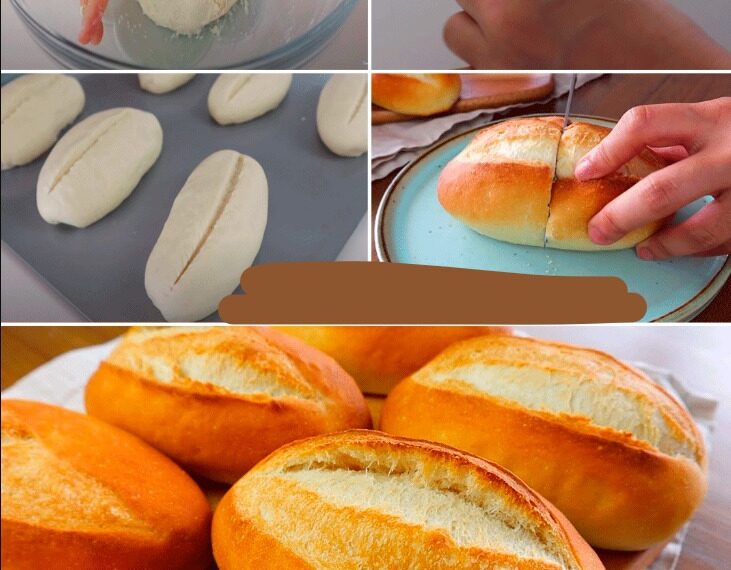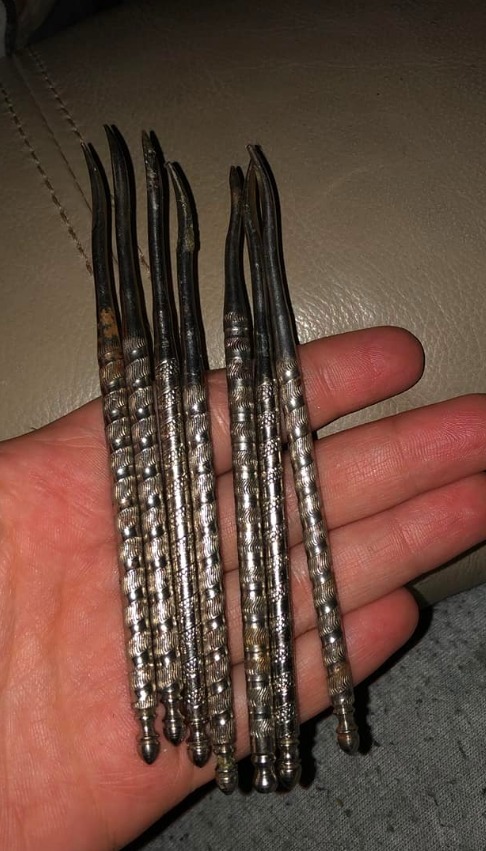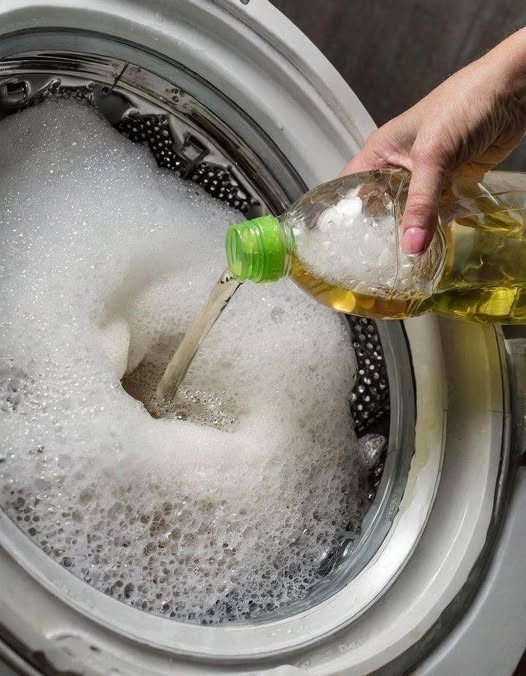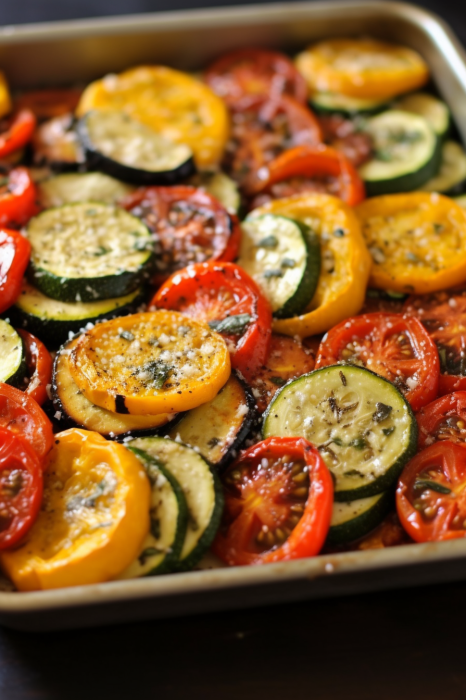- Steam is key: The water pan in the oven adds moisture that helps develop the characteristic crunchy crust.
- Use high-quality flour: Bread flour with higher protein content creates better gluten structure.
- Don’t rush the rise: Allowing the dough to fully proof results in a lighter, airier crumb.
- Scoring: Proper scoring controls how the bread expands during baking and adds that classic look.
Why Bake Your Own French Bread or Bolillo?
Baking your own bread is rewarding, healthier, and allows you to control ingredients and freshness. The aroma of freshly baked bread fills your home and elevates any meal. Whether you prefer the traditional French baguette or the softer, smaller Bolillo, this recipe is a great starting point for bread lovers of all levels.
Ready to try? Follow the link for more details and variations: Pain Français Ou Bolillo: Authentic Recipe and Techniques
If you want, I can also provide a video guide, printable recipe card, or tips for gluten-free or whole wheat variations. Just let me know!
French bread, known for its crispy crust and soft, airy interior, is a classic staple in many kitchens. Similarly, the Bolillo, a popular Mexican bread roll, shares a similar texture and shape, making it a beloved bread for sandwiches and daily meals. Whether you want to bake authentic French bread or a delicious Bolillo at home, mastering the basics and following the right techniques will help you achieve perfect results every time.
What is Bolillo and How Does it Compare to French Bread?
Bolillo is a traditional Mexican bread roll shaped like a small baguette, with a crispy crust and tender crumb. It’s often used for sandwiches such as tortas or served alongside meals. French bread, or “Pain Français,” has a longer shape but shares the same crusty exterior and soft inside.
Both breads use simple ingredients — flour, water, yeast, salt — but techniques in shaping, scoring, and baking create their distinctive textures and flavors.
Ingredients for Authentic French Bread / Bolillo
- 500 grams (about 4 cups) of all-purpose or bread flour
- 325 ml (about 1⅓ cups) of lukewarm water
- 10 grams (2 teaspoons) of salt
- 7 grams (1 packet) of active dry yeast
- 1 teaspoon sugar (to activate yeast)
Step-by-Step Recipe
- Activate the yeast: In a small bowl, dissolve the sugar in lukewarm water. Sprinkle the yeast on top and let it sit for about 10 minutes until frothy.
- Mix the dough: In a large bowl, combine the flour and salt. Pour in the yeast mixture and mix until a shaggy dough forms.
- Knead the dough: Turn the dough onto a floured surface and knead for about 8-10 minutes until smooth and elastic. Alternatively, use a stand mixer with a dough hook.
- First rise: Place the dough in a lightly oiled bowl, cover with a clean kitchen towel or plastic wrap, and let it rise in a warm place for about 1 to 1.5 hours, or until doubled in size.
- Shape the loaves: Gently punch down the dough to remove air bubbles. Divide it into two equal pieces. For French bread, shape each piece into a long baguette-like loaf. For Bolillo, shape into shorter, oval rolls.
- Second rise: Place the shaped dough onto a baking sheet lined with parchment paper. Cover and let rise again for 45 minutes.
- Preheat the oven: Heat your oven to 230°C (450°F). Place a shallow pan of water on the bottom rack to create steam — this helps develop a crispy crust.
- Score the bread: Using a sharp knife or lame, make 3-4 diagonal slashes on the top of each loaf or roll.
- Bake: Place the bread in the oven and bake for about 20-25 minutes, until golden brown and hollow-sounding when tapped on the bottom.
- Cool: Let the bread cool on a wire rack before slicing.
Tips for Perfect Homemade Bread
- Steam is key: The water pan in the oven adds moisture that helps develop the characteristic crunchy crust.
- Use high-quality flour: Bread flour with higher protein content creates better gluten structure.
- Don’t rush the rise: Allowing the dough to fully proof results in a lighter, airier crumb.
- Scoring: Proper scoring controls how the bread expands during baking and adds that classic look.
Why Bake Your Own French Bread or Bolillo?
Baking your own bread is rewarding, healthier, and allows you to control ingredients and freshness. The aroma of freshly baked bread fills your home and elevates any meal. Whether you prefer the traditional French baguette or the softer, smaller Bolillo, this recipe is a great starting point for bread lovers of all level .





